The bicameral structure in a democracy has its own identity.
The Moroccan parliament consists of two chambers: the House of Representatives and the Senate, which operate on a bicameral model similar to modern parliamentary democracies. The House of Representatives consists of 395 members, elected directly by universal suffrage, ensuring the voice of citizens from urban to rural, from coastal to mountainous areas. Meanwhile, the Senate, with 120 members, is elected indirectly through local councils, professional organizations and trade unions, reflecting the interests of social groups, businesses and the workforce. This is how Morocco ensures that farmers in the Atlas Mountains, business owners in Casablanca or workers in Marrakech can indirectly have a voice in parliament.
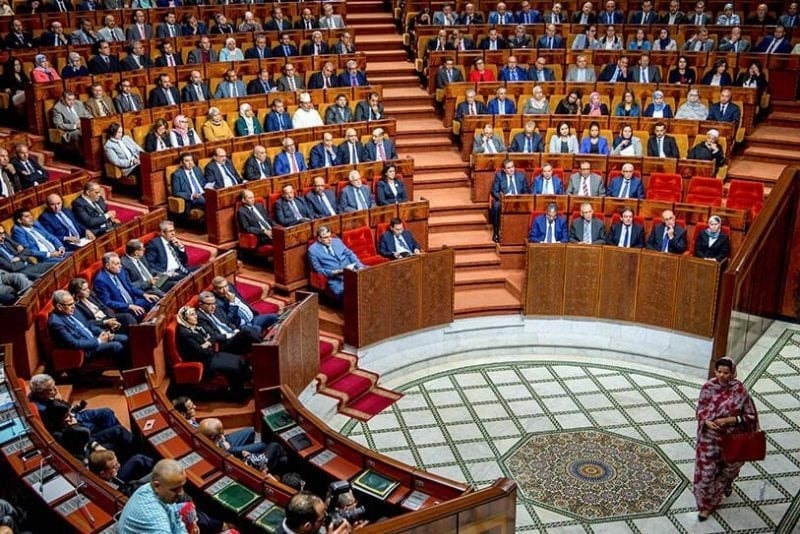
Morocco's House of Representatives opens its second session of the 2024-2025 legislative year in April 2025. Photo: Hespress
Morocco is a constitutional monarchy, with the National Assembly playing an increasingly important role in oversight and legislation, while the King remains the arbiter and symbol of national unity. In particular, the 2011 Constitution, which emerged in the wake of the Arab Spring, marked a significant turning point: it gave the National Assembly more powers as an elected body.
The legislature is open to the public
The Moroccan Parliament aims to build a parliament close to the people. Important sessions are broadcast live, parliamentary information is made public on the official website, and in particular, people can visit the Parliament building on open days.
In June 2025, the Moroccan House of Representatives and the European Union Delegation to Morocco inaugurated the Media Box, a television studio designed to increase the transparency of parliamentary proceedings and bring the institution closer to the people.
Notably, the National Assembly also implements political education programs for young people, in which students are invited to attend sessions, meet with parliamentarians and learn about the law-making process. This is how Morocco sows the seeds of democracy early, by “igniting” civic consciousness right from school.
Another interesting detail is that the Moroccan Parliament has prayer rooms and meditation spaces - reflecting the characteristics of Islamic culture but still arranged parallel to modern working spaces, showing the harmony between religion and life.
A Green and Digital Transformation Parliament
Not staying out of the global trend, the Moroccan Parliament has been actively digitizing the activities of the legislative body. This process is within the framework of the national digital transformation strategy called Digital Morocco 2030 with the orientation of building a modern, competitive and innovative digital nation. Officially announced in 2024, this strategy has 4 main pillars: Improving the national digital infrastructure; improving digital skills, especially AI for people; developing startups and innovation; promoting the electronic public service system covering all areas of administration, health, education and the judiciary.
Since 2014, the Moroccan House of Representatives has implemented the e-Parliament program. This model is designed to develop an electronic document management platform; reduce the use of paper in sessions by 80 - 90%; apply OCR software, storage systems, and electronic signatures; equip deputies with tablets and smartphones to use internal software, read and research online documents related to bills, reports, and minutes.
The platform also supports direct connection between the House of Representatives, the Senate and the Government in exchanging bills, minutes and information. Since January 2020, the parliament website has been redesigned with a multilingual interface, integrated with sections that allow live streaming of sessions, receiving suggestions and feedback from the people.
Question and answer sessions and plenary sessions are broadcast live on the website and social media. The National Assembly is also gradually deploying an online consultation application so that voters can submit petitions, evaluate policies, and interact by constituency.
Recently, the Moroccan Parliament has increasingly applied AI to its operations, such as using AI to automatically translate, summarize minutes, and prepare reports from committees; analyze thousands of citizen responses during consultation sessions; conduct voice-to-text transcriptions of sessions and organize smart storage. L'Economiste commented that the digital transformation process in the Moroccan Parliament is helping the legislative body's operations become more efficient and save manpower and time, but also warned about risks such as algorithmic bias and data security.
Architecture with Moroccan spirit
The Moroccan Parliament also impresses with its “house” with an appearance that is both solemn and elegant, in the typical Moorish architectural style of North Africa. The soft curved arches, sturdy columns, elaborately carved arches and the characteristic red earth tones blend with the green of the tiled roofs, reminiscent of medieval Islamic buildings.
Inside, the grand main hall is clad in marble, with intricately carved wooden ceilings, dazzling bronze chandeliers and traditional Zellige ceramic wall panels. These elements not only create visual beauty but also evoke a sense of sacredness, solemnity, and dignity befitting an agency responsible for decisions related to the fate of the nation.
The Moroccan parliament, from its building to the movements within it, is a unique blend of traditional roots and modern aspirations in the stream of democratization in the North African region.
Source: https://daibieunhandan.vn/quoc-hoi-morocco-trong-nhip-dap-chuyen-doi-so-10380322.html


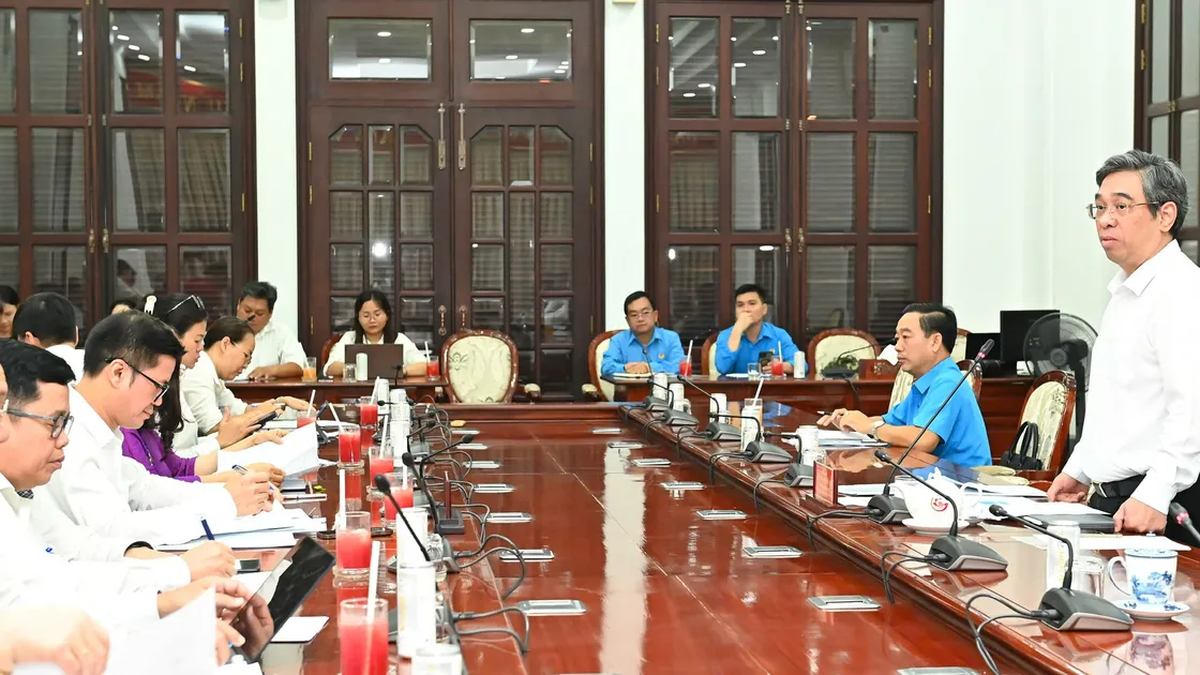


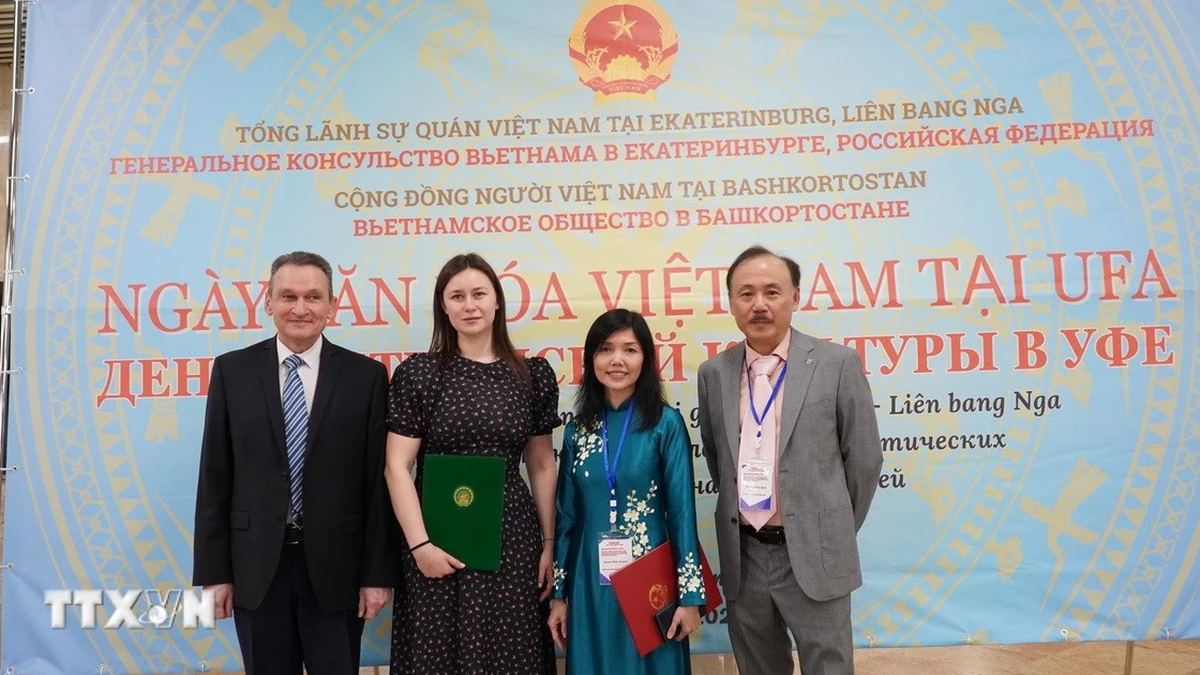
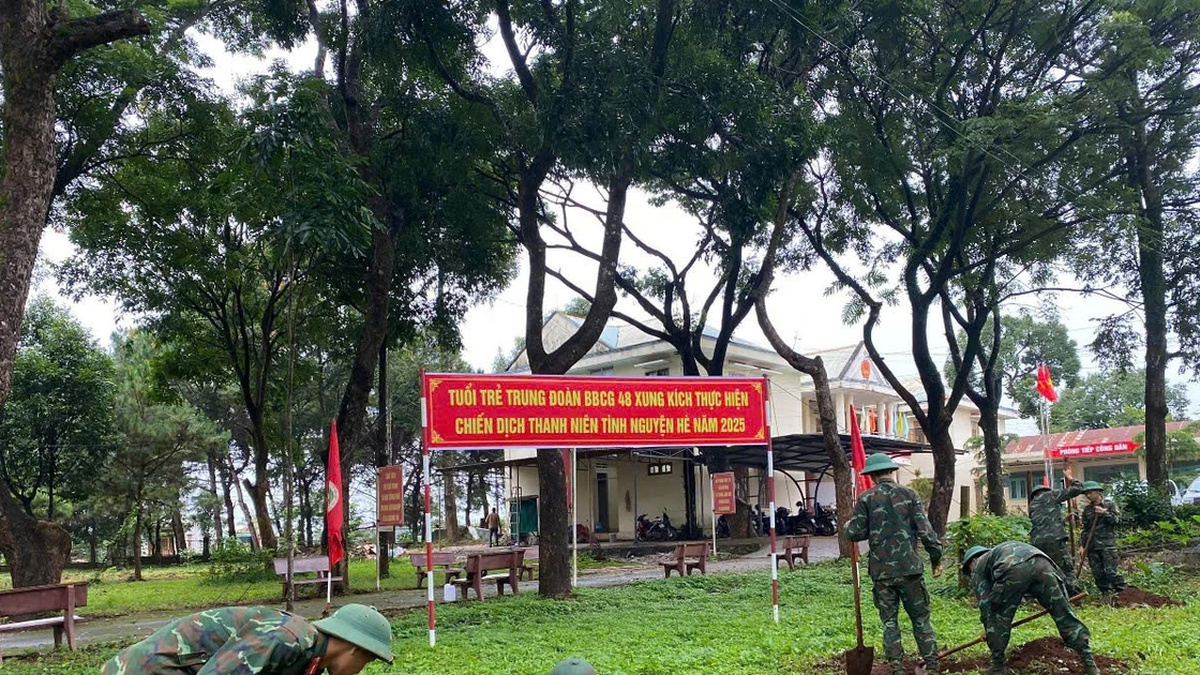
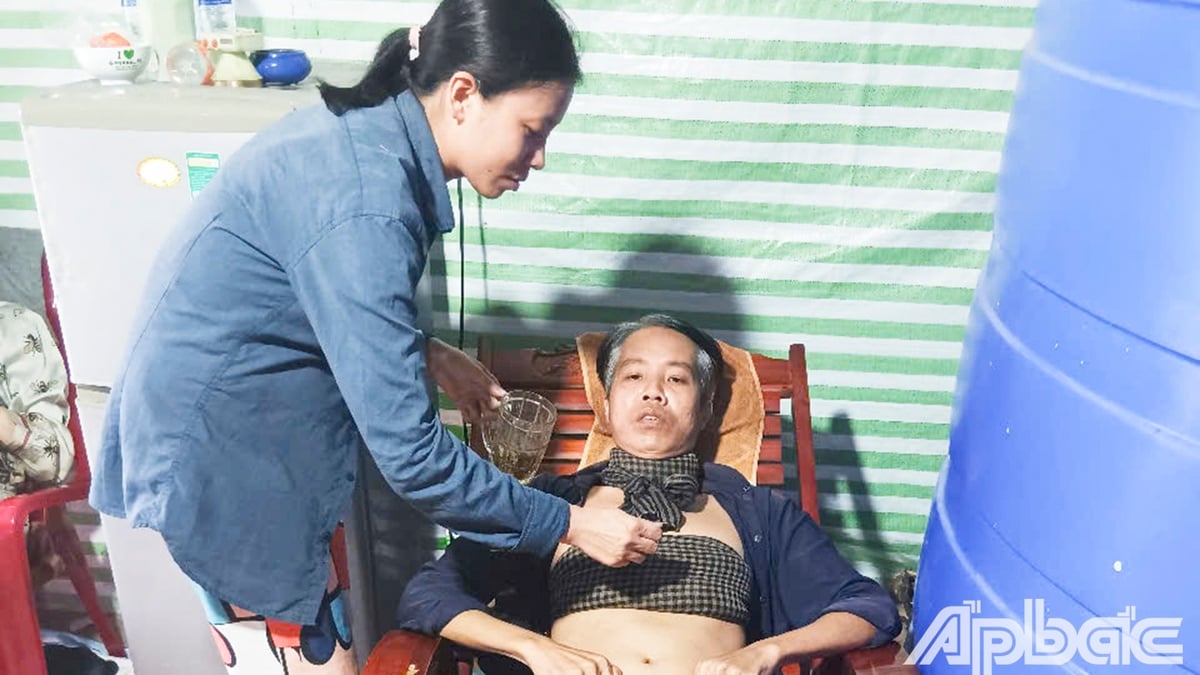
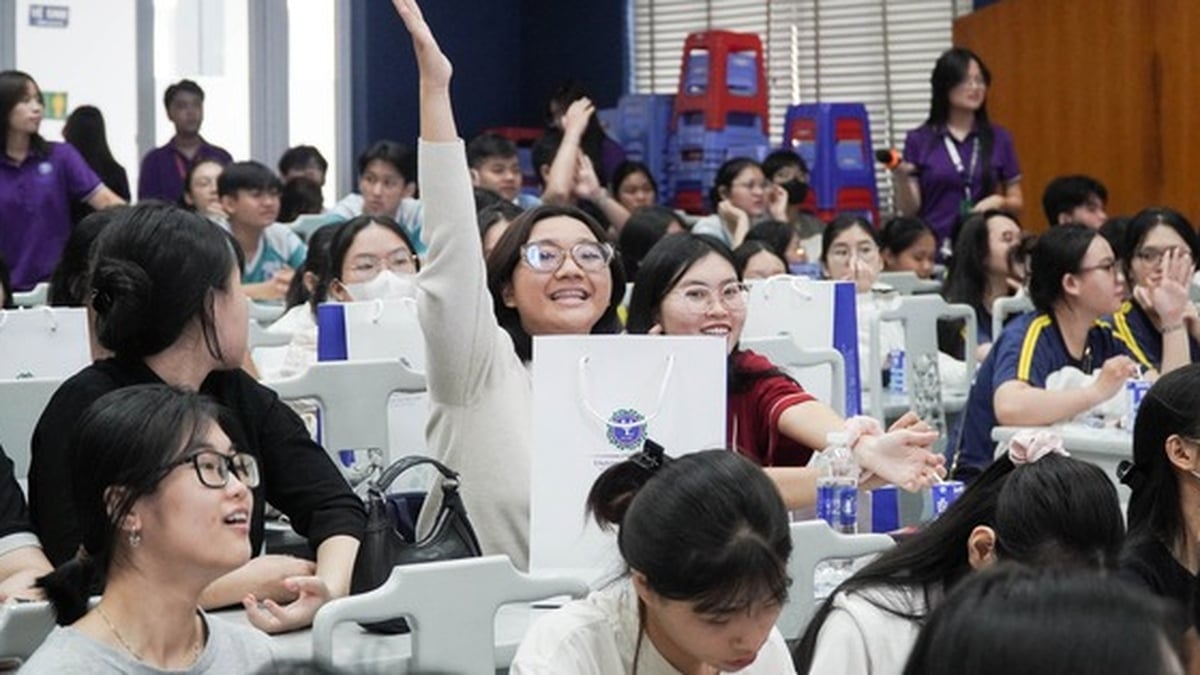
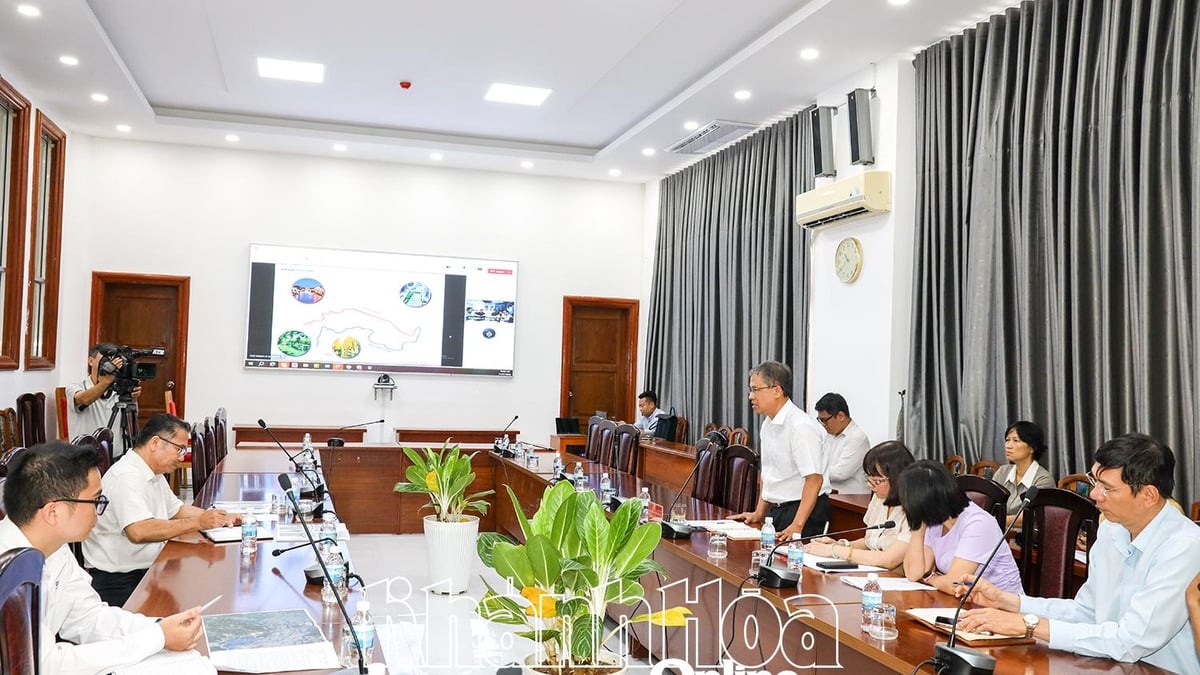





















![[Photo] National Assembly Chairman Tran Thanh Man visits Vietnamese Heroic Mother Ta Thi Tran](https://vphoto.vietnam.vn/thumb/1200x675/vietnam/resource/IMAGE/2025/7/20/765c0bd057dd44ad83ab89fe0255b783)





































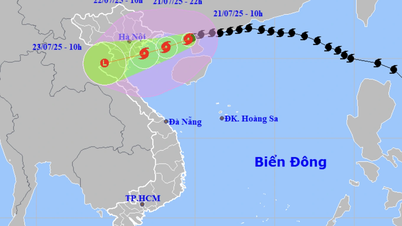
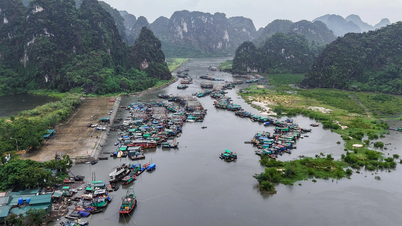




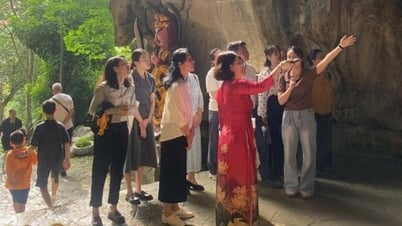
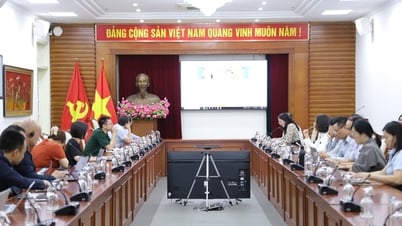
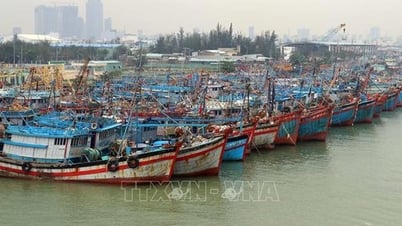





















Comment (0)